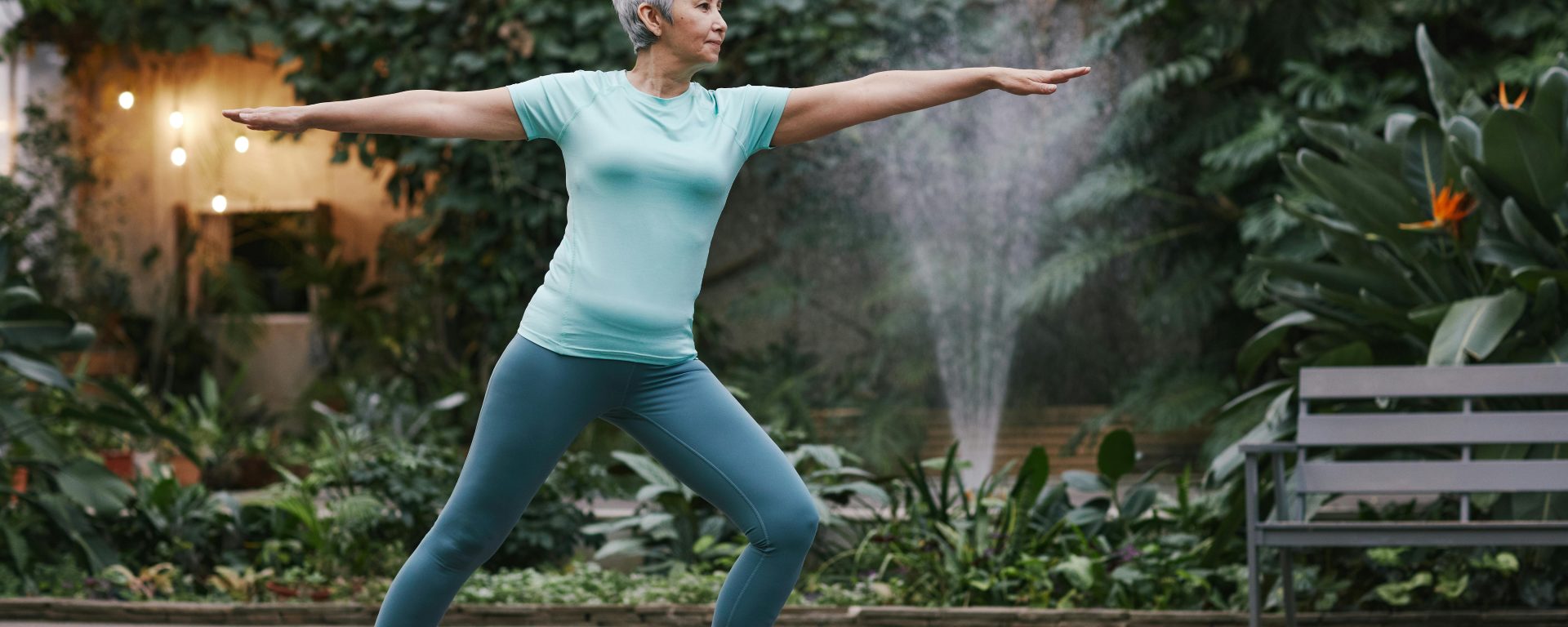As individuals age, flexed posture becomes increasingly prevalent, often accompanied by musculoskeletal issues and diminished physical function. In 2008, to address this, a study was conducted by Benedetti, et. al., to compare the efficacy of a tailored physical activity regimen targeting flexed posture against a generic exercise program for the elderly over a three-month period.
Participants were randomly assigned to either a group undertaking an Adapted Physical Activity program for flexed posture or a group following a non-specific exercise protocol for older adults. A comprehensive clinical assessment was conducted at the beginning and end of the study, encompassing anthropometric measurements, clinical profiles, musculoskeletal evaluations, and assessments of disability. Additionally, posture was assessed instrumentally using a stereophotogrammetric system, with a specialized biomechanical model employed to analyze body segment positioning along the sagittal plane in an upright stance.
The tailored physical activity program yielded significant improvements across various key parameters compared to the non-specific regimen. These included a reduction in occiput-to-wall distance, increased range of motion in the lower limbs, enhanced flexibility in the pectoralis, hamstrings, and hip flexor muscles, as well as strengthened spine extensor muscles. Stereophotogrammetric analysis further corroborated these findings, indicating a decrease in head protrusion and fewer compensatory postural adaptations such as knee flexion and ankle dorsiflexion among participants in the tailored program.
The tailored Adapted Physical Activity program designed for flexed posture demonstrated significant enhancements in postural alignment and musculoskeletal function among elderly individuals. The use of stereophotogrammetric evaluation provided valuable insights into overall postural alignment and the presence of compensatory strategies, particularly in the lower limbs. These findings underscore the efficacy of targeted physical activity interventions in addressing age-related postural issues and improving overall functional status in the elderly population.
Reference: Benedetti, M. G., Berti, L., Presti, C., Frizziero, A., & Giannini, S. (2008). Effects of an adapted physical activity program in a group of elderly subjects with flexed posture: clinical and instrumental assessment. Journal of neuroengineering and rehabilitation, 5, 1-11.
